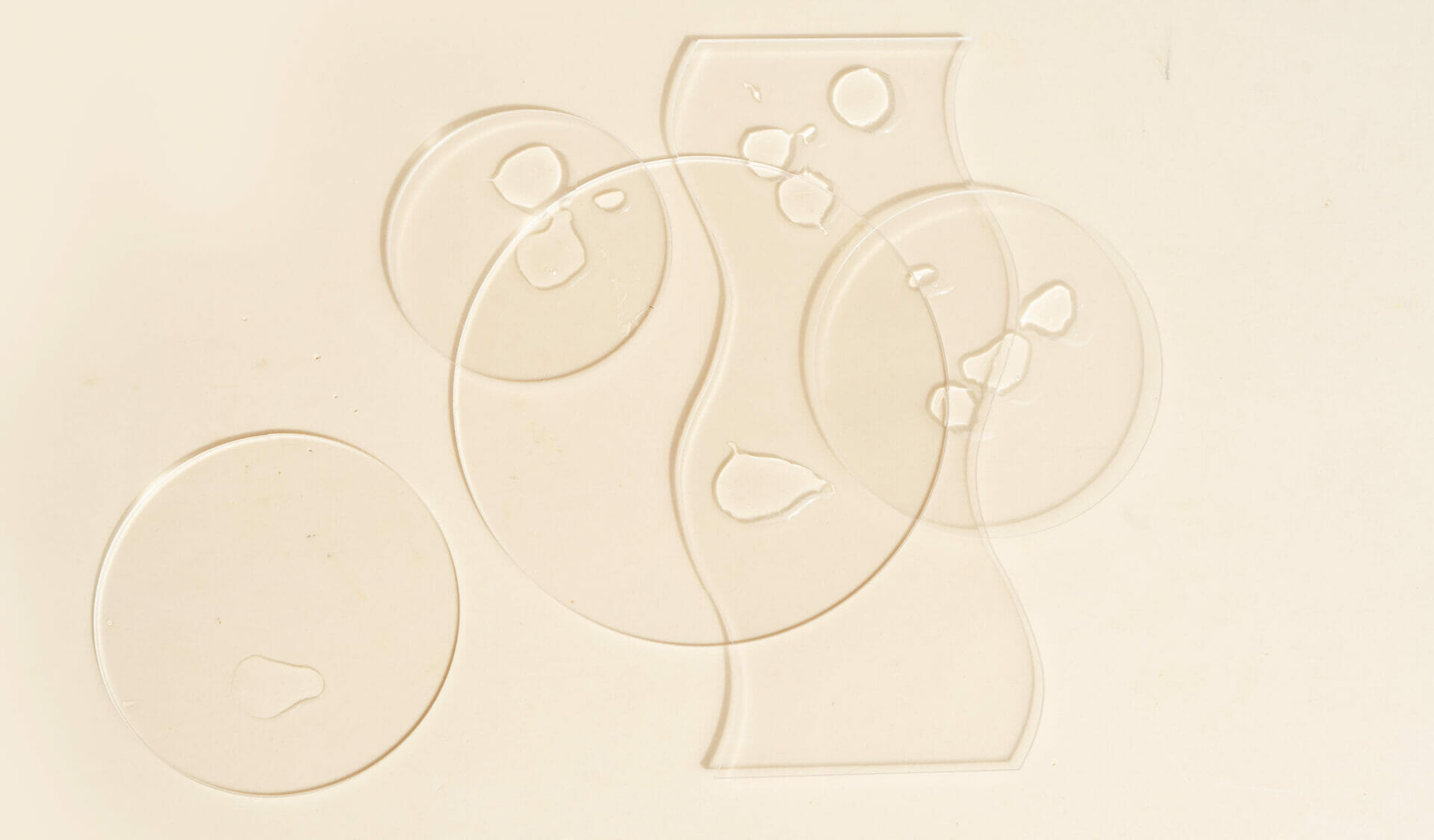Acesulfame Potassium (Ace-K), C4H4KNO4S, is a calorie-free artificial sweetener, also known as Acesulfame K. It is a white, odorless, freely flowing powder having an intense sweet taste. It was discovered accidentally in 1967 by German chemist Karl Clauss.
Acesulfame Potassium (Ace-K) is 180-200 times sweeter than sucrose (table sugar), as sweet as aspartame, about half as sweet as saccharin, and one-quarter as sweet as sucralose. A 3% solution is approximately 200 times sweeter than sucrose. It is freely soluble in water and slightly soluble in ethanol. Like saccharin, it has a slightly bitter aftertaste, especially at high concentrations.
Acesulfame Potassium (Ace-K) is often blended with other sweeteners (usually sucralose or aspartame). These blends are reputed to give a more sugar-like taste whereby each sweetener masks the other’s aftertaste, and/or exhibits a synergistic effect by which the blend is sweeter than its components.
Unlike aspartame, Acesulfame Potassium (Ace-K) is stable under heat, even under moderately acidic or basic conditions, allowing it to be used in baking, or in products that require a long shelf life. In carbonated drinks, it is almost always used in conjunction with another sweetener, such as aspartame or sucralose. It is also used as a sweetener in protein shakes and pharmaceutical products, especially chewable and liquid medications, where it can make the active ingredients more palatable.

